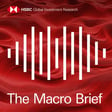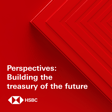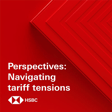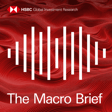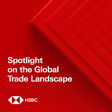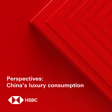
Beyond the pandemic: economic prospects for Asia and the world
Following a unique 12 months, where we have seen the global economy respond to the COVID19 pandemic, hear from Frederic Neumann, Co-head of Asian Economic Research at HSBC on what does the outlook for 2021 look like and will the world chart a course towards steady progress? And will financial markets, in such rude health over the past year, stay equally resilient as central bankers start to pull the reins?
This episode was recorded in February 2021 from the HSBC Asia Pacific Trade Exchange. During the event, we have explored the current landscape of trade, shared ideas, and discussed what the future holds alongside thought leaders from across the world.
For more information about anything that you have heard in this podcast and to view related content click here
Hosted on Acast. See acast.com/privacy for more information.
